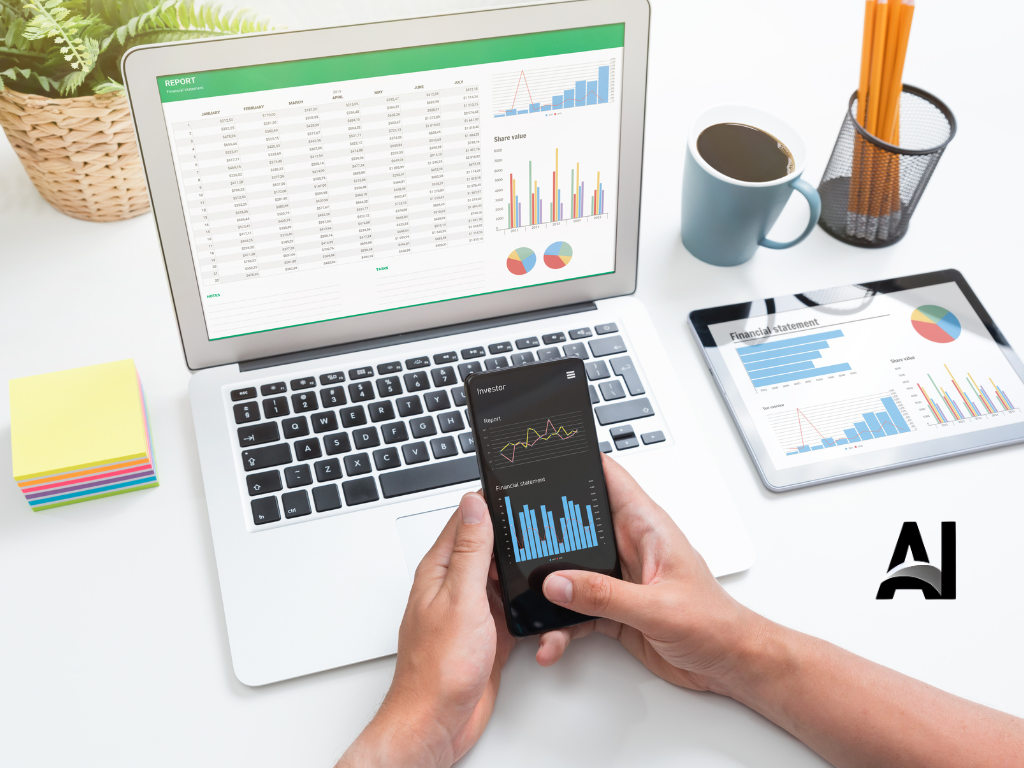AI learns from data. If the data is unbalanced or messy, the results can be unfair. Small errors grow as systems scale. That is why artificial intelligence auditing is so important. It helps teams find bias early, explain decisions, and fix weak spots before harm occurs. Bias can sneak in through language, images, or numbers. It can show up in small ways, like odd recommendations. It can also appear in big ways, like lending or hiring results that are not fair.
Regular reviews keep systems honest and help teams stay aligned with policy and community expectations. Good audits also improve trust. Clear reporting shows what was tested, what failed, and what changed. This gives leaders confidence to ship features and helps customers feel safe using them. It also prepares your team for future checks, including an AI Readiness Audit that looks at people, process, and platforms together.
How an ai audit Identifies Bias in Data and Models
Understanding where bias starts
An ai audit begins with the data. Auditors ask simple questions. Who is represented and who is missing. Are labels accurate. Is the sample recent. They check how the data was collected and cleaned. They also review how deep learn models use this data during training. If the inputs are skewed, the outputs will be skewed too.
Testing AI models for fairness
After the data review, auditors test the model behaviour. They compare results across user groups and scenarios. They also look at edge cases, where models often fail. For customer tools like chatbots, the audit checks tone, clarity, and safe handling of sensitive topics. If the bot gives different answers to similar users, that signals bias.
A practical ai audit will usually include:
- Data coverage checks across key user groups
- Error analysis split by segment or region
- Drift monitoring to spot changes over time
- Human review of tricky prompts and outputs
Findings feed back into design and training. Teams adjust datasets, tweak prompts, or add guardrails. Then they retest. Over time this loop reduces bias and raises quality. It also creates clear evidence for compliance teams and partners.
Importantly, audits should be regular. Once a year is not enough. Markets change. Language shifts. chatbots learn new patterns from users. A steady rhythm of checks keeps results fair and keeps surprises to a minimum.
The Role of artificial general intelligence in Bias Detection

Looking ahead, artificial general intelligence could help automate parts of the audit. It may scan huge datasets, generate smart tests, and explain complex model behaviour in plain language. It could also act as a second set of eyes, reviewing results from deep learn systems and flagging odd patterns that humans might miss.
But potential power needs careful control. Even with advanced tools, humans must set goals, approve fixes, and sign off on changes. Ethics, privacy, and safety remain human duties. artificial intelligence auditing will still set the rules for how we test, what we log, and when we intervene.
A practical way forward is simple. Use today’s audits to build solid habits. Document data sources. Track model versions. Set fair performance targets. Then, as smarter tools arrive, your team will be ready to adopt them without losing control. This approach blends rigor with progress and keeps people at the centre of the work.
Building Stronger Systems with an AI Readiness Audit
Preparing your business for responsible AI
A solid foundation begins before any algorithm goes live. An AI Readiness Audit helps organisations review their systems, data, and team capabilities before deploying AI. This process ensures that everyone—from developers to managers—understands the ethical and technical expectations of running AI systems.
The audit looks at how your data is collected, cleaned, and stored. It checks whether training sets are diverse and representative, reducing the chance of bias from the start. It also reviews policies and documentation to make sure they align with privacy laws and ethical guidelines.
Businesses that go through an AI Readiness Audit are better prepared for long-term growth. They can catch early risks, such as data imbalances or unclear decision-making pathways, before they cause major issues. This proactive approach saves time and protects reputation, especially in industries where fairness and transparency are essential.
Integrating audit insights into daily operations
Once the audit is complete, the insights should be put into action. Teams can use findings to fine-tune their data collection, refine model training, and build stronger testing frameworks. Even small updates, like improving documentation or introducing fairness metrics, can lead to major improvements.
Continuous learning is key. By updating internal policies based on audit results, businesses can create a cycle of responsible innovation—where every new AI project is built on trust, quality, and fairness.
Bias in Everyday Tools Like chatbots and Virtual Assistants
AI isn’t just hidden in large systems—it’s also in tools we use daily. chatbots, for instance, handle millions of interactions every day, helping customers with everything from billing questions to product advice. However, these tools can also inherit bias from the data they’re trained on. If the chatbot learns from unbalanced or incomplete data, it might produce unfair or inaccurate responses. For example, it may misunderstand slang or local terms, or prioritise certain user tones over others. That’s why artificial intelligence auditing is so critical—it checks how chatbots perform across a wide range of users and contexts.
Auditors look at how the bot handles sensitive topics, customer complaints, or unclear queries. They test it for cultural awareness and inclusivity. By analysing thousands of conversation logs, auditors can pinpoint areas where responses need improvement.
Simple ways to reduce bias in chatbots include:
- Using diverse training data with different accents and phrasing
- Reviewing logs regularly for tone and accuracy
- Adding clear escalation options when the bot faces complex issues
When businesses combine artificial intelligence auditing with these practices, they ensure their chat systems stay fair, friendly, and helpful to everyone.
The Connection Between deep learn Models and Algorithmic Fairness
Why deep learning systems need closer auditing
Many of today’s AI tools run on deep learn models, which analyse massive datasets to make predictions or decisions. These models are powerful but often complex, making it hard to understand how they reach conclusions. This is where audits come in—they bring transparency.
Auditors use explainability tools to see which data points influenced a decision. If the model is favouring certain inputs or ignoring others, they can trace it and suggest fixes. Continuous ai audit reviews also track whether the model’s accuracy changes over time or if new data introduces bias.
Using AI tools to detect hidden patterns
Advanced audit tools now use AI to detect patterns that humans might miss. These systems can review millions of decisions quickly, flagging unusual outcomes for deeper inspection. For example, if a deep learn model in hiring software starts preferring one demographic over another, an auditor can detect the trend early and retrain the model.
In the end, fair algorithms depend on good governance. artificial intelligence auditing ensures that every step—from data collection to deployment—stays transparent and ethical. With the right audits in place, businesses can embrace AI confidently, knowing it’s working fairly for everyone.


